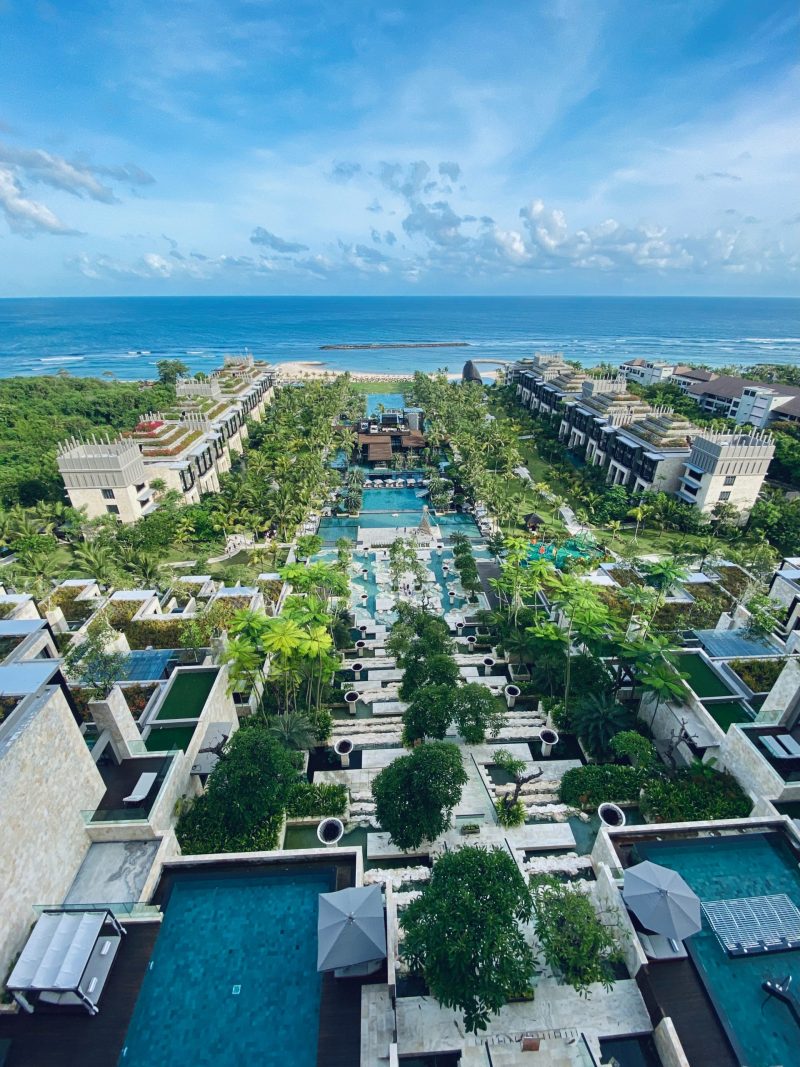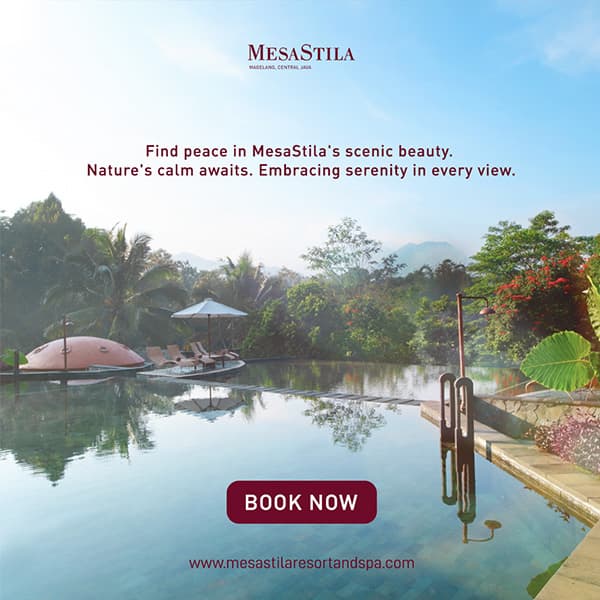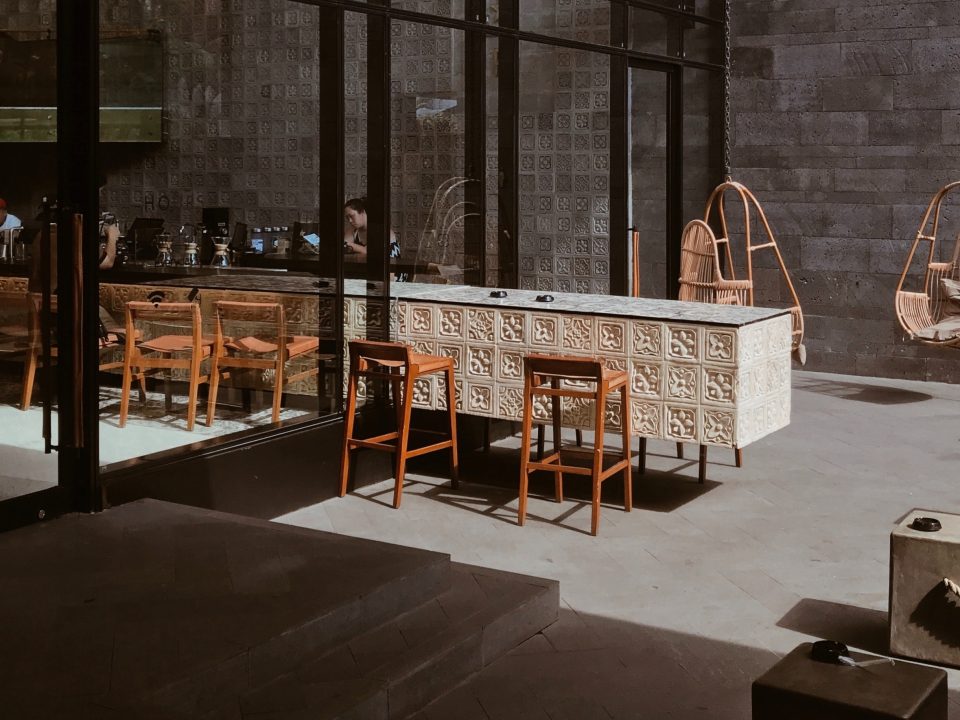The world we live in is on its way to recovering from one of the massive outbreak events in human history: coronavirus disease.
A decreasing number of COVID-19 patients and easing travel restrictions have begun in several countries across the globe, including Indonesia. In May 2022, the Indonesian government dropped the outdoor mask mandate as the pandemic got more and more under control. Soon, this pandemic will end and people will move on, but the question is: what will happen then? This question emerges as a result of many aspects of life in Indonesia being affected by the pandemic itself, such as the economy, business, politics, health, etc., with the adjustments needed in each. What about architecture?
Geographically, Indonesia is an archipelagic country extending the equator line with a tropical climate. The sun shines throughout the year, meaning people in Indonesia tend to want to find a cool-comfortable place in the shade and do their daily activities. Clearly, shopping malls are much more favourable than open-air spaces such as public parks. With the full closure of shopping malls that spread across the country, the Breeze BSD became a favourite among its competitors, being the first open-air mall in Indonesia. The green concept of a “Mall without Walls” materialised by reducing air conditioning, optimising natural lighting, and utilising outdoor walkways as a connector between building masses and landscapes. Since it was completed in 2013 with an unfulfilled tendency, it eventually became less popular and did not receive many visitors prior to the pandemic.
Because the virus was spread by physical touch and droplets, the Indonesian government placed restrictions on limiting social distance. People became more afraid to be in closed spaces – the risk of getting infected is very high in a crowded room. In more open spaces, air circulation is exchanged naturally so air quality is automatically maintained, therefore, people can feel safe spending time outdoors rather than indoors. As a result, people adjusted their preferences from indoor activities to outdoor activities and, what’s more, they embraced to outdoors with cycling, gardening, jogging, etc.
 Present-day, The Breeze BSD has become one of the most sought-after destinations among Jakarta and South Tangerang residents. Other aspects closely related to architecture are adjusting as well. Property developers have begun marketing a new commercial shophouse concept that provides outdoor space. For example, Melody Shophouses in BSD has a balcony and a terrace as an outdoor area. In landscape architecture, many places around Jakarta, such as Mangrove Park Kapuk and San Antonio Promenade PIK, highlight their outdoor experiences.
Present-day, The Breeze BSD has become one of the most sought-after destinations among Jakarta and South Tangerang residents. Other aspects closely related to architecture are adjusting as well. Property developers have begun marketing a new commercial shophouse concept that provides outdoor space. For example, Melody Shophouses in BSD has a balcony and a terrace as an outdoor area. In landscape architecture, many places around Jakarta, such as Mangrove Park Kapuk and San Antonio Promenade PIK, highlight their outdoor experiences.
T Interior Designers are also in high demand to create new social spots with outdoor space. As precedents, Tanah Atap Coffee Ampera Jakarta, Mimiti Coffee Bandung, and Kastem Space Jogja were designed with a spacious outdoor area.
Humans are continuously adapting to their new environment and architecture, defined as a built environment to accommodate and support their needs. During the Stone Age, humans used caves or simple huts as their haven from wild animals; the Great Pyramid of Giza was made as a tomb for Pharaoh Kufu to symbolise his wealth and power; the Colosseum was an amphitheatre in the Roman Empire, used as their entertainment venue to watch gladiators; the Great Wall of China was built as a fortress to protect their territory and defend against invasions. These examples are all the proof that architecture evolved over the eras, adhered to, and paralleled human civilisation with their distinct characteristics. Thus, we can say that architecture and humans are interrelated and inseparable.
“Design is as much a matter of finding problems as it is solving them.” – Bryan Lawson
An unavoidable global force majeure affects architecture in a specific way. The pandemic is not the first. Back in the early 1900s, tuberculosis was the leading cause of death. Victorian-era housing, with long curtains, small windows, intricate woodwork, and upholstered furniture that accumulated dust, was typical of the time. Isolation was the key to prevention, hence, a sanitorium with an open-rural environment was desirable rather than dust-dense conditions. This influenced the development of modern architecture and famous architects such as Le Corbusier, Alvar Aalto, and Ludwig Mies van der Rohe created a new form of architecture to prevent tuberculosis and address other social issues. If we think retrospectively, difficult and crucial situations always force humans to use and optimise their intellectual side to find a way out, in which architecture itself is one of the outcomes. What is design if it’s not problem-solving?
There are progressions in Indonesian society’s preference from prioritising “cosiness” to “healthiness”. COVID-19 has the role of a catalyst by raising Indonesian society’s awareness of the importance of green and sustainable architecture. Thus, this is very important for the development of architecture in Indonesia since other countries are already aware and put green and sustainability upfront.




